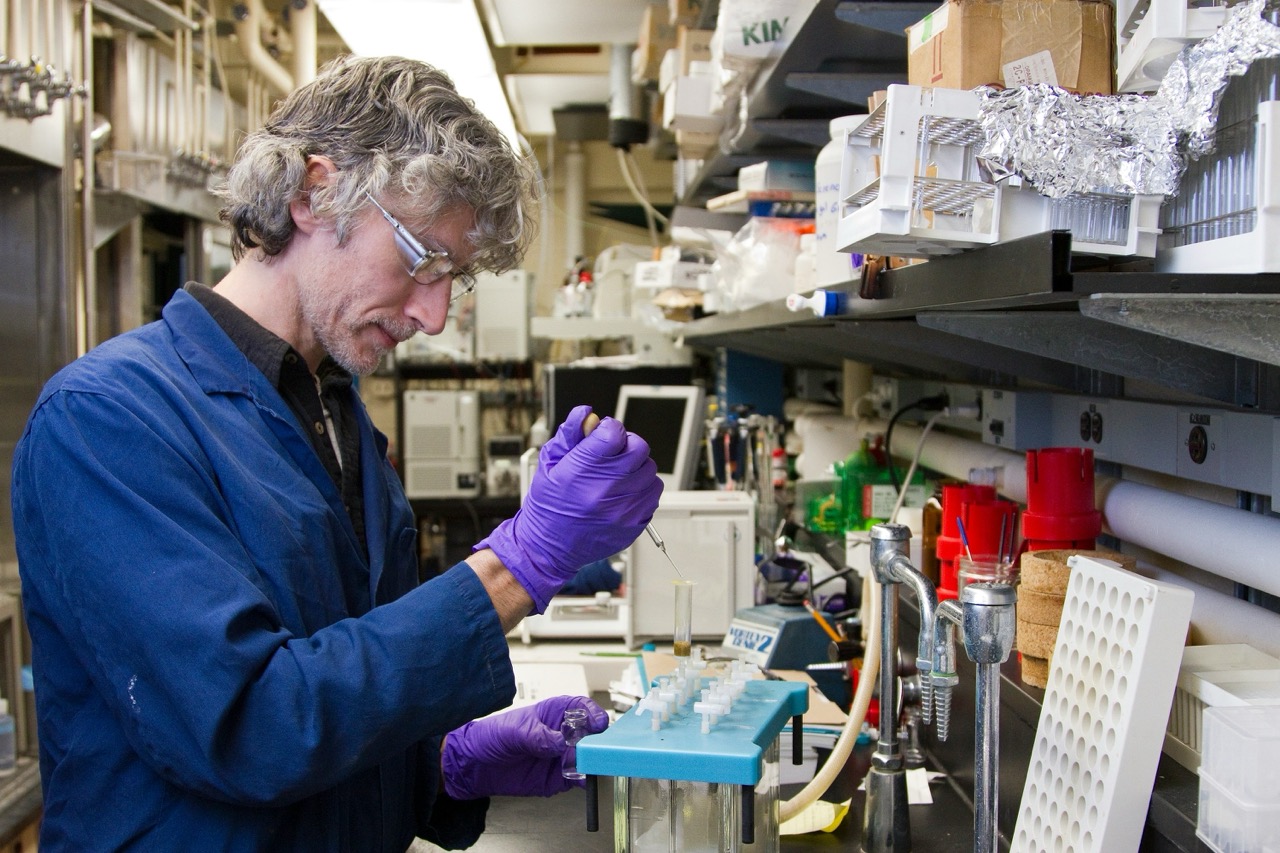Human Papillomavirus (HPV) is a group of more than 200 related viruses, of which over 40 are sexually transmitted and can lead to serious health issues, including various cancers and genital warts. Despite the availability of vaccines and screening methods, HPV remains a significant public health challenge worldwide. As we look to the future, advancements in medical research and vaccine development are paving the way for more effective treatments and preventive measures. This article explores the current landscape and future direction of HPV treatment and vaccination.
Understanding HPV: The Need for Effective Treatments and Vaccines
HPV is known for its role in causing cervical cancer, as well as other anogenital and oropharyngeal cancers. The World Health Organization estimates that HPV is responsible for approximately 570,000 cases of cervical cancer annually, making it a leading cause of cancer mortality among women worldwide. While screening programs and early detection have reduced mortality rates in some regions, the prevalence of HPV infections remains high, highlighting the urgent need for effective treatments and vaccines.
Despite the availability of the HPV vaccine, uptake remains low in many countries, particularly in low- and middle-income regions. Education and awareness campaigns are essential to dispel myths surrounding the vaccine’s safety and efficacy. Moreover, for those already infected with HPV, there is an urgent need for innovative treatments to manage and eliminate associated health issues, as current therapies largely focus on treating the symptoms rather than the underlying viral infection.
As public health initiatives continue to focus on cancer prevention, the integration of HPV vaccination into routine health care is crucial. This includes ensuring equitable access to vaccines, particularly for vulnerable populations. By increasing vaccination rates and expanding treatment options, we can significantly reduce the burden of HPV-related diseases and improve health outcomes globally.
Recent Advances in HPV Vaccination: Expanding Effectiveness
Recent years have seen remarkable advancements in HPV vaccination strategies. The introduction of nonavalent vaccines, which protect against nine HPV types, represents a significant leap forward in preventing HPV-related diseases. These vaccines not only target the most common oncogenic HPV types (16, 18, 31, 33, 45, 52, and 58) but also provide protection against types 6 and 11, which are responsible for most genital warts. This broader coverage enhances the vaccine’s effectiveness and offers greater protection against a spectrum of HPV-related conditions.
Additionally, ongoing research is exploring the potential for therapeutic vaccines aimed at individuals already infected with HPV. These vaccines are designed to stimulate the immune system to recognize and attack HPV-infected cells, potentially leading to the regression of HPV-related lesions and even the eradication of the virus itself. Early clinical trials show promise, suggesting that these therapeutic approaches could complement existing preventive measures and provide new hope for those affected by HPV.
Global initiatives to expand HPV vaccination programs are also gaining momentum. Efforts to educate healthcare providers, promote equitable access to vaccines, and implement school-based vaccination programs are instrumental in increasing vaccination rates. Public health campaigns emphasizing the importance of HPV vaccination in preventing cancer are crucial for encouraging uptake and ultimately reducing the incidence of HPV-related diseases.
Innovative Therapies: Targeting HPV-Related Conditions
As our understanding of HPV biology evolves, so too do the therapeutic options available for managing HPV-related conditions. Current treatments primarily focus on the removal of lesions caused by HPV, such as cryotherapy, laser therapy, and surgical excision. However, these modalities do not address the viral infection itself, necessitating the development of more targeted approaches. Innovative therapies are now emerging that aim to directly target HPV virus and its associated pathways.
One promising avenue of research involves the use of antiviral agents that specifically inhibit HPV replication. These therapies can potentially reduce the viral load in infected individuals, decreasing the likelihood of disease progression and transmission. Clinical trials are ongoing to assess the efficacy of these antiviral agents, which may one day complement preventive vaccination efforts.
Additionally, immunotherapy has shown significant promise in treating HPV-related cancers. By harnessing the body’s immune response, immunotherapeutic approaches can target cancer cells expressing HPV antigens. These treatments have the potential to improve outcomes for patients with advanced HPV-associated cancers, providing a new line of defense where traditional therapies may fall short. As research progresses, the integration of these innovative therapies could revolutionize the management of HPV-related conditions.
The Road Ahead: Challenges and Opportunities in HPV Management
While the future of HPV treatment and vaccination appears promising, several challenges remain. One of the primary obstacles is the disparity in vaccine access and uptake, particularly in low-resource settings where HPV prevalence is often highest. Addressing these disparities requires a concerted effort from governments, health organizations, and communities to ensure that vaccines are accessible, affordable, and accompanied by effective educational programs.
Furthermore, the stigma surrounding HPV and its transmission can hinder both vaccination and treatment efforts. Public health campaigns must work to normalize conversations about HPV and emphasize the importance of prevention and early intervention. By fostering an environment where individuals feel empowered to seek vaccination and treatment, we can begin to dismantle the barriers that impede progress in HPV management.
Finally, ongoing research and investment in HPV-related studies are essential for fostering innovation in treatment and vaccination. As we deepen our understanding of HPV’s mechanisms and its interactions with the immune system, we can unlock new potential in therapeutic strategies. Continued collaboration among researchers, healthcare providers, and public health officials will create opportunities to advance HPV management, ultimately leading to a future where HPV-related diseases are significantly reduced.
In conclusion, the future of HPV treatment and vaccination holds great promise, driven by advances in medical research and innovative therapies. While challenges related to access, stigma, and education persist, the ongoing evolution of HPV vaccination and treatment strategies offers hope for reducing the global burden of HPV-related diseases. By investing in research and fostering community engagement, we can make substantial strides toward better health outcomes and a future free from the threat of HPV.










